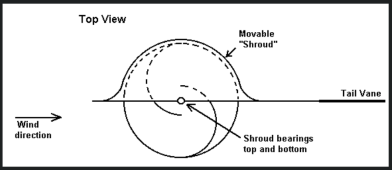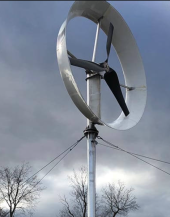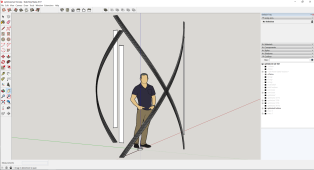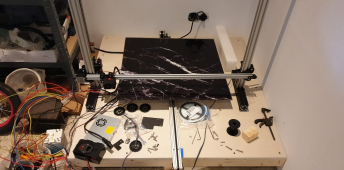Hedges
I See Electromagnetic Fields!
- Joined
- Mar 28, 2020
- Messages
- 20,806
A rigid blade, fixed pitch, could have correct pitch at any given radius, matching air velocity. Faster wind, higher RPM should still match.
Variable pitch by rotating rigid blade would be sub-optimum at all but one angle of rotation.
One small wind turbine vendor described a blade that twisted and changed pitch by centrifugal force. "Works in theory ..."
Forget it. Turbulence is the enemy of airfoil lift.
And pray for mild weather?
Better work on self-furling designs.
Variable pitch by rotating rigid blade would be sub-optimum at all but one angle of rotation.
One small wind turbine vendor described a blade that twisted and changed pitch by centrifugal force. "Works in theory ..."
But now, I'm starting to ponder as well about also adding wind concentrators (venturis) into an effective wind turbine...
Forget it. Turbulence is the enemy of airfoil lift.
As for inefficiencies of my DIY turbine. I will compensate for that by making it BIGGER(TM)
And pray for mild weather?
Better work on self-furling designs.







